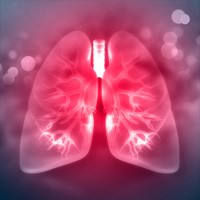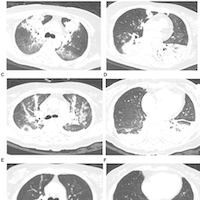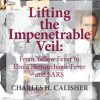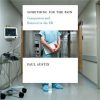What’s new about pulmonary hyperinflation in mechanically ventilated critical patients
link.springer.com
Pulmonary hyperinflation is the increase in the relaxation volume of the respiratory system at the end of a tidal expiration (end-expiratory volume).
This can occur due to a number of factors, acting alone or in combination, such as increased expiratory resistance impeding lung emptying (more pronounced in the presence of expiratory flow limitation in obstructive airway diseases, but also in acute respiratory distress syndrome (ARDS) and obesity), reduced lung recoil pressure (emphysema), increased minute ventilation and ventilatory demand, insufficient expiratory time, or over-support during the preceding inspiration leading to increased end-inspiratory volume and thus larger tidal volume to exhale.
In a seated normal subject quietly breathing, at the end of an expiration, alveolar and airway pressures are zero relative to atmosphere, and pleural pressure (as assessed by measuring the esophageal pressure with a dedicated air-filled balloon catheter placed at the distal part of the esophagus) is negative (around—5 cmH2O).














